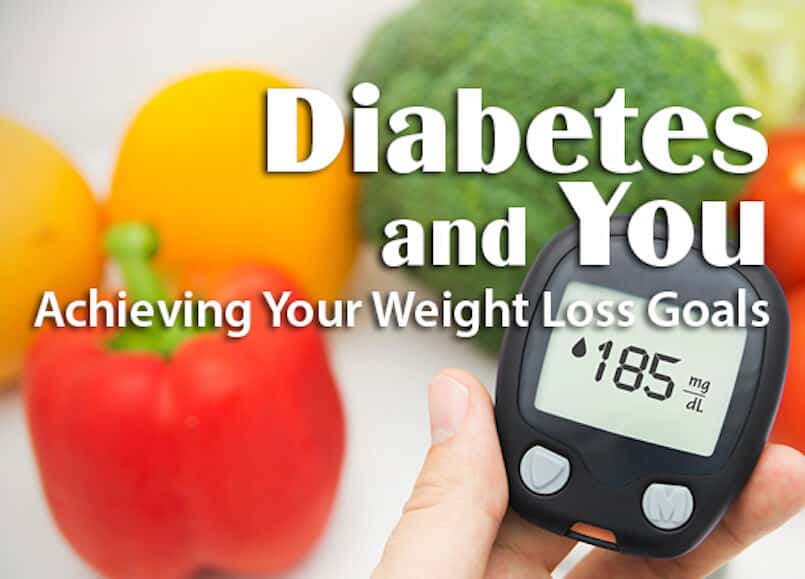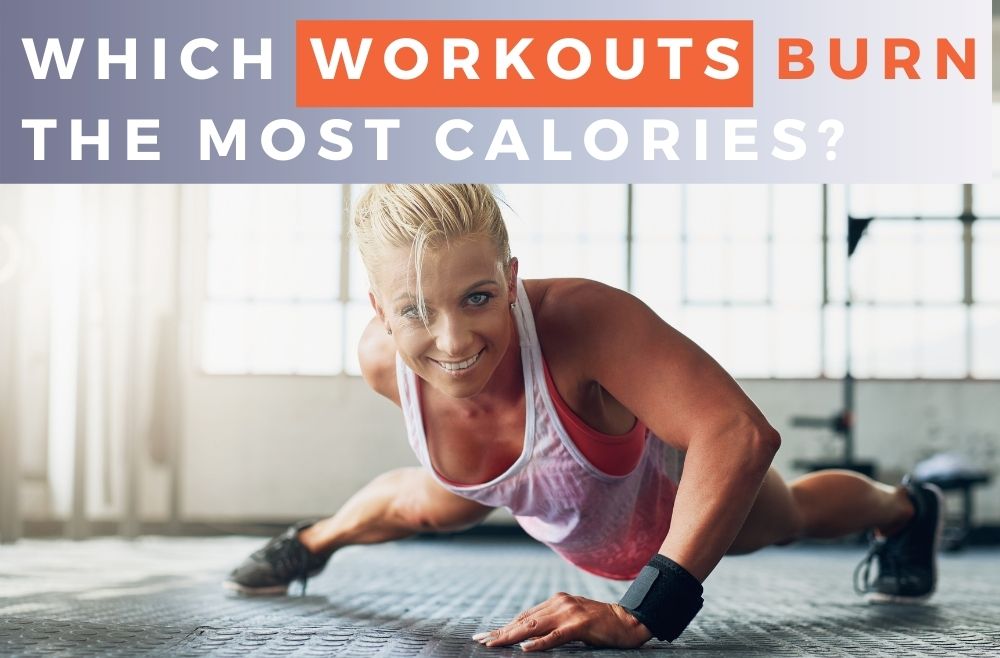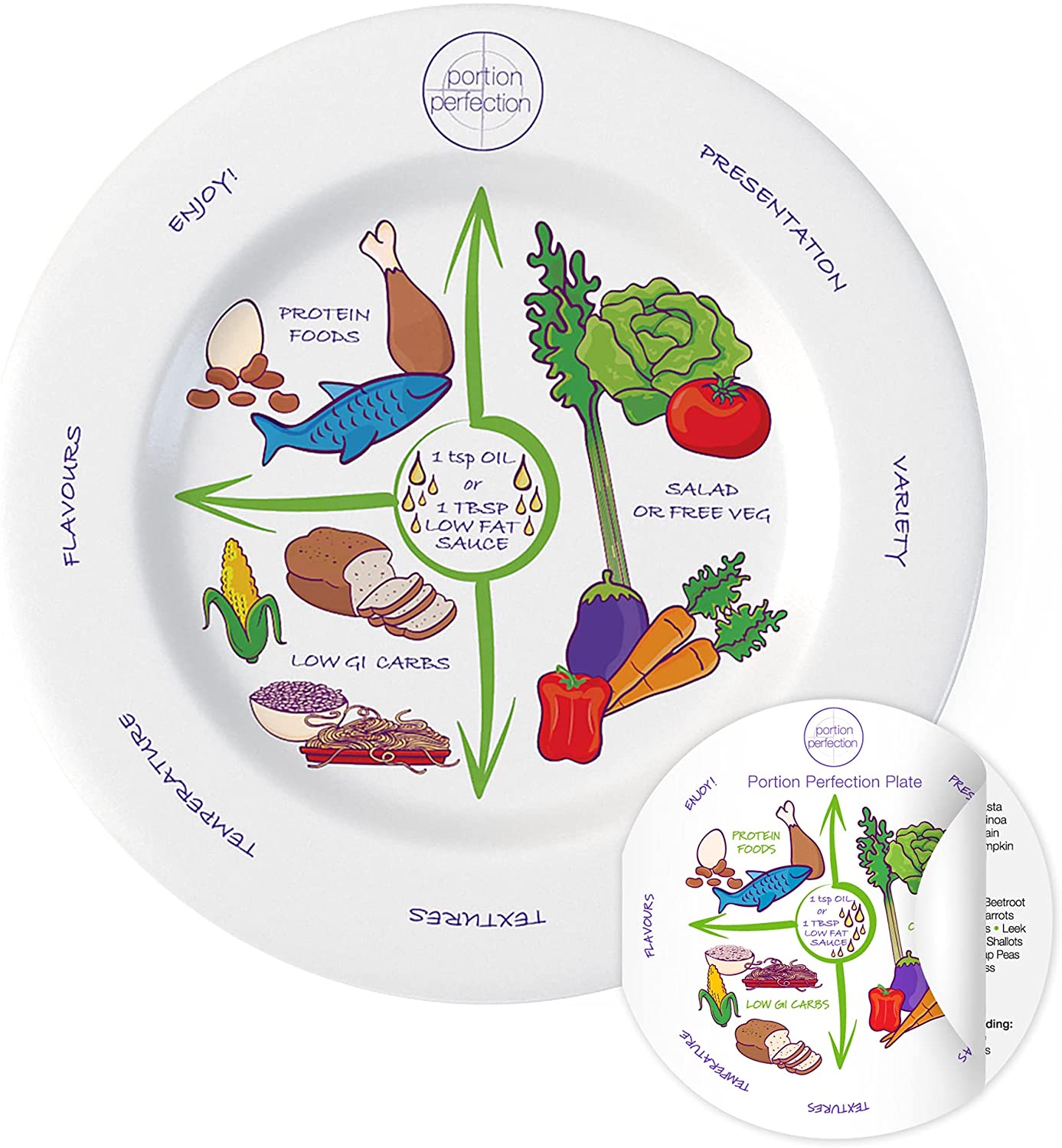
Tabata can burn as many as thirty to forty calories each minute. This makes them an excellent way to lose weight and improve health. To measure calories burned, you'll need to wear a heart monitor. Also, it is important to maintain a similar diet and exercise routine.
15 calories per minute
Tabata exercises are a great way to burn as many as 15 calories each minute. Named after a Japanese researcher this workout consists in eight rounds of 20 second on/10 second off. The 30-minute workout doubles your metabolic rate. It can be used in conjunction with any type of exercise.
The workout is extremely taxing on your body, and requires you to work at a 100 percent effort throughout. It is recommended to start out with two sessions per week, and then work up to three per week.
240 to 380 calories
According to a study, Tabata training can help you burn between 240-360 calories in just twenty minutes. The average heart rate for the subject group was 86 per cent and oxygen consumption was 74 per cent. These numbers exceed the industry norm for cardio fitness. The exercise session was also rated as a 15.4 level in perceived exertion. The study also found that the Tabata routine resulted in a significant amount of fat burning.

Tabata can be a great exercise but it needs to be done correctly in order to get the best results. During each work session, you must give your full effort. To reach your maximum heart rate, you must use the correct exercises. Typically, the target heart rate for a Tabata workout is 90 to 95% of VO2 max. However, this level is considered moderate for the general population.
Time-efficient
HIIT training and Tabata are efficient workouts that can still be done with a small budget. They will increase your heart rate and metabolism, making it more difficult for your body work harder. You can burn fat even after your workouts are over with a high metabolism. Tabata is a four-minute workout that can help you stay fit while saving time.
Tabata training can also increase your MAOD, and VO2max. These are two important factors for heart health. It has been demonstrated to improve cardiovascular function and reduce the chance of experiencing a heart attack. The original article provides detailed instructions on how to properly execute the training method. Prior to Tabata training, warm up at 50% of your VO2max for ten minutes.
Exercises compound
Complementary exercises are a great way to burn more calories during your workout. These exercises involve multiple muscle groups and require more energy to perform. This means that more calories are burned. These exercises can be more challenging than is the case with isolation exercises. They should be the foundation for your workout program.
Complementary exercises are great for strengthening strength, balance, coordination. They also involve more muscle groups than isolation exercises. They also require greater body control than isolation exercise and can overload more easily. This makes them ideal for building muscle.

Afterburn effect
Tabata, an intense interval training program, can cause the Afterburn Effect. You should work out between 70-85% of your maximum heart beat to experience the Afterburn effect. You can also experience this effect if you lift weights, provided you maintain a high intensity throughout your workout.
The Afterburn effect's duration depends on many factors such as your weight, aerobic fitness and muscle mass. Your body will burn more calories and continue to burn fat if you are more aerobically fit. This can assist you in your weight loss efforts.
FAQ
What foods should I consume during an intermittent fast to lose weight
Cut out carbs to lose weight. That means cutting out bread, pasta, rice, potatoes, and other carbohydrate-based food.
Also, you should avoid eating too many protein as it can make you feel fuller for longer. So you won’t feel hungry as often.
Focus on foods rich in healthy fats like olive oil, avocado, nuts and seeds. These foods can keep you satisfied for hours after they are eaten.
It's vital that you get enough water. Water helps you to stay hydrated which makes it easier for you to lose weight.
These foods may be what you crave when you eat fast. However, you don't have the right to succumb to these cravings. If you do that, you may gain more weight then you lose.
To prevent overeating, try keeping an eye on how much you consume throughout the day. If you feel hungry, drink water and not reach for another snack.
It might sound counterintuitive at first, but it has been shown that this can help you slim down. A study published in Obesity found that participants ate fewer calories when they drank plain water than sugary drinks.
Additionally, plain water can help reduce hunger pangs. If you want to lose weight, avoid sweetened beverages and drink water.
You don't have to eat every calorie or avoid certain foods if you are trying to lose weight. Instead, focus on making small changes to your lifestyle.
Start by switching your regular breakfast sandwich for a bowl oatmeal. Consider swapping out your afternoon cookie in favor of a piece if fruit.
These easy swaps can add up and help you lose weight without spending hours in the kitchen.
How often do people fast regularly?
Most people who adhere to a ketogenic lifestyle fast only once per week. Others fast twice per semaine. Some others fast three days per week.
There are many lengths to fasting. Some people fast for 24 hours, whereas others fast for 48 hours.
Some people can even travel for up to 72 hours. However, these extreme cases are rare.
Can I eat fruits during intermittent fasting?
Fruits are great for you. They provide vitamins, minerals, fiber, antioxidants, and other nutrients. However, they do contain sugar which can cause blood glucose levels spike. This can cause insulin resistance and weight gain. If you're looking to lose weight with an IF diet then you should choose fruits that are low in glycemic.
What is the best time to do Intermittent fasting in order to lose weight
It is not as easy as you think. It is important to take into account a number of factors when deciding the optimal days for fat loss. These are:
-
Your age. Your age. Intermittent fasting is more difficult for younger people under 40. You have less time to recover each day from fasting. However, intermittent fasting may be too difficult for older people (over 60) who might not have the energy to continue a long period of daily fasting.
-
Your current body composition. You'll be most successful if you have lots of muscle mass. You may find shorter fasting more beneficial if your muscle mass is low.
-
How physically active are you. You may need to increase your fasting time if you exercise often. This will ensure you get enough rest between workouts.
-
Your past medical history. Extra fasting may be necessary for people who have heart disease, diabetes, cancer, or other medical conditions.
-
How do you handle stress? Stress can often lead to us eating more. You may need to extend your fasting times in order to avoid this problem.
-
The type of diet you follow. Certain diets, like ketogenic diets, may require even longer fasting periods.
-
Your quality of sleep. A decreased quality of sleep can also be linked to decreased appetite and metabolism. You may need to experiment before you discover what works for you.
-
How much protein you eat. Protein stabilizes blood sugar levels. Therefore, eating more protein could result in lower insulin levels. This would allow you to fast for longer periods of time.
-
Whether you're trying to gain or lose weight, people who are trying to gain weight usually require longer fasting periods than those who are trying to lose weight.
-
What proportion of calories do your fasting hours allow you to consume? Fasting for fewer calories per days may lead to greater fat loss than fasting with more calories.
-
Your overall fitness level. A person who is very fit will burn more calories every day because they are faster.
-
Your gender. Men have greater appetites than women and may need to fast longer. Women generally have smaller appetites, so they may only need to fast for about 20-30 minutes every morning.
-
Your lifestyle. Are you someone who does a lot of exercise? Are you able to exercise several times per week? Do you work at a desk all day? These factors could affect how much you should fast.
-
How much money do you spend on food? It doesn't always mean that you should spend a lot of money on groceries if you eat healthy foods. Whole grains can be replaced by white bread, fruits can replace candy bars, and lean cuts of meat can be used to save money.
-
How important it can be to control your appetite. If you don't want to skip meals, you might not need to fast as long as other people do.
What foods are good for me to lose weight quickly?
Consuming fewer calories is a great way to lose weight quickly. Two ways to achieve this are:
-
Reduce the number of calories you take in daily.
-
Get more exercise to increase your metabolism.
Reducing the number of calories you eat is easier said than done. After all, we're bombarded with calorie-laden fast food options everywhere we turn. Here's a list that will help you lose weight.
-
Beans contain high levels of fiber and protein. They have almost no fat making them an excellent choice for dieters looking to reduce their caloric intake.
-
Oatmeal, while low in calories, is high in nutrients like potassium and magnesium. Plus, it contains less sugar than other cereals.
-
Eggs are high in cholesterol and protein. Eating eggs once or twice a week can boost your metabolism, helping you burn more calories throughout the day.
-
Whole grain bread has been shown to reduce hunger pangs so that you may feel fuller longer.
-
Dark chocolate is rich in antioxidants and flavonoids. These substances have been shown to improve heart health and lower blood pressure.
-
Cottage cheese is rich in calcium which aids in bone strength. It is also rich in vitamin D, which increases immunity.
-
Salmon is packed with omega-3 fatty acids, which promote brain development and improve cardiovascular function.
-
Green tea is chock-full with catechins. These compounds fight cancer and boost metabolism.
-
Broccoli is an excellent source of folic acids, which helps to lower homocysteine levels. A higher risk of developing heart disease and stroke is associated with high homocysteine levels.
-
Yogurt is a great way to add probiotics into your diet without loading up on added sugars. Probiotics can help improve digestive health.
-
Berries are delicious and nutritious snacks. All fruits, including blackberries, blueberries, raspberries, raspberries, cranberries and strawberries, are rich in vitamins and minerals.
-
Avocados are bursting with healthy fats. A half avocado provides 80 calories with plenty of fiber, potassium, and filling fiber.
-
Nuts are a delicious snack option and a great source protein. There are many great options for nuts, including cashews and hazelnuts as well as walnuts, pecans, hazelnuts and hazelnuts.
-
Sweet potatoes are another starchy vegetables that are high in beta carotene. They make your skin glow. Because of their higher beta carotene levels, orange sweet potatoes are particularly good.
What Amount of Weight Can You Lose In A Week?
Your body fat percentage determines how much weight you are able to lose. It is important to first calculate how much weight you wish to lose. Then, determine your BMI. Your BMI (Body Mass Index) tells you how much weight should be lost to reach your goal. If your BMI is 25 or greater, you're overweight. If your BMI falls below 30 you are considered obese.
For example, if 200 pounds is your BMI, it would be 28.7. This means that you'd need to lose around 70 pounds to get down to a healthy weight range. To see if you're overweight, visit www.healthyminds.com/bmi/.
Once you know your BMI, you can use this formula to figure out how many pounds you'll lose per week:
(Your Goal Weight - Current Weight)/BMI * 7 Number Of Pounds Lost Per Week
For 50 pounds to be lost in one month, it would take 2 weeks of exercise. 56 days is equivalent to 7 pounds per day. That works out to 8.3 pounds lost per week.
You could also try this calculator from www.weightlosscalculator.net. It will give you an approximate estimate of the calories you need to lose 1 pound each week.
How can busy people lose excess weight?
The best way to lose weight is by eating less and exercising more.
If you eat too much food, you'll gain weight. Exercise is important to lose weight. Combining these two simple habits will help you lose weight.
Statistics
- One 6-month study showed that simply doing 11 minutes of strength-based exercises 3 times per week resulted in a 7.4% increase in metabolic rate, on average. (healthline.com)
- According to Harvard Health, it's estimated that a 155-pound (70-kg) person burns roughly 112 calories per 30 minutes of weight training (5). (healthline.com)
- One study in 9 active men found that HIIT burned 25–30% more calories per minute than other types of exercises, including weight training, cycling, and running on a treadmill (18Trusted Source (healthline.com)
- According to a study sponsored by the American Council on Exercise, a person weighing around 140 pounds (64 kg) would burn 108 calories at a 30-minute beginner's Pilates class or 168 calories at an advanced class of the same duration (26). (healthline.com)
External Links
How To
How to do Intermittent Fasting (IF)
Intermittent fasting, a type of dieting that allows you to only eat one time per week, generally Monday through Friday. This is a way to cut down on calories while still getting enough nutrition. It's believed that this helps burn fat faster than if you were eating normal meals throughout the entire week.
The most popular form of IF is to limit calories to certain days. This would be a way to skip breakfast and eat whatever you want throughout the day. It is possible to choose to have three smaller meals each day, rather than two large.
Many forms of intermittent fasting are available, such as alternate day fasting (5/2 fasts), 8/4 fasts and 16/8 fasts. Each form of intermittent fasting comes with its own pros and cons. Alternate Day Fasting is the easiest to begin because you don’t have to make significant changes in your life. However, not everyone can stick to a rigid schedule. They might prefer to experiment with other methods.
If you want to try intermittent fasting, I suggest starting with alternate-day fasting. This will allow you gradually to transition into more extreme fasting habits without changing your lifestyle.